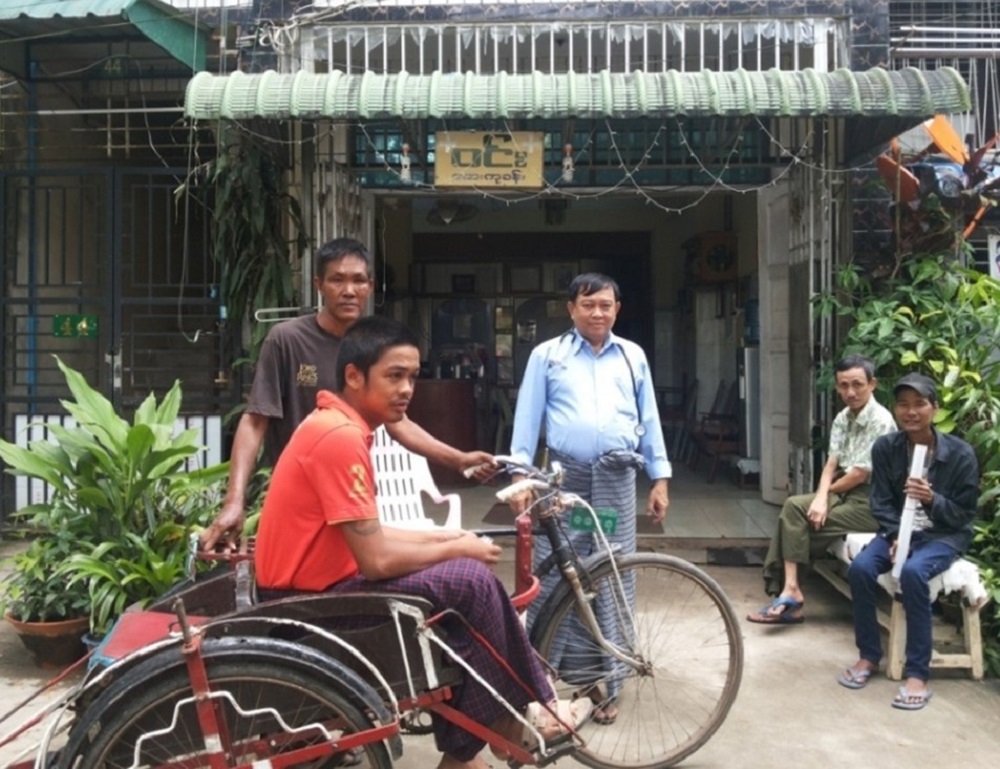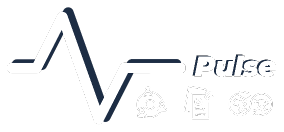Protest and Protect: Myanmar’s GP-Trishaw Partnerships and the Spring Revolution
11 May 2021

With Myanmar’s health system in crisis, GPs and transport workers have formed medic teams to provide emergency care. Here, Dr Myint Oo explains how these partnerships have moved beyond health, finding social and political strength as they work to protect and protest against the military coup.
GPs in Myanmar usually open clinics at the front of their house or apartment. Premises are typically small, ranging from 300 to 2,000 square feet, with a waiting area, a dispensing desk, and an examination room or treatment area. The Clinical Commissioning Group is non-existent. The clinic has to be registered with the township health authority under the Law Relating to Private Health Care. There is no general practice training at the medical university or during residency. A medical graduate has to be registered with the Myanmar Medical Council which issues the license to practice and allows the doctor to open a private clinic. The clinic facility and infrastructure has to be self-funded by a GP or a private owner. Most GPs are in solo-practice and run their clinics single handedly. If it is staffed, only a dispenser and a house-keeper are employed. Clinics usually open in the morning (7:00am to 11:00 am) and the evening (4:00 pm to 9:00 pm), most with walk-in service. Patients have to pay out-of-pocket for treatment because the health insurance system is still lacking.
A GP has to be socially partnered with local trishaw peddlers (a trishaw is a bicycle with a sidecar, powered entirely by the cyclist) who bring in or carry patients to the clinic. A trishaw can also act as an ambulance to transfer patients to clinics when necessary. At each street corner and at entrances to markets and crowded places there are trishaw stands with a dozen of trishaws waiting for passengers. Trishaw-men are short-distance transport workers earning 500 to 1500 kyats (50 cents to a dollar) per trip.
Before the 2020 election, most trishaws carried NLD party flags to show their support of Daw Aung San Suu Kyi and the NLD party. After the election, Trishaw-men celebrated the victory with trishaws-in-procession across the country in the midst of the Covid-19 pandemic. Soon after the coup, they then participated in the protest procession by bearing NLD flags, shouting anti-coup slogans, and singing revolutionary songs. Their social partners, GPs, also joined in the trishaw protest groups. Many trishaws carried old, sick or tiring people along the procession march. Some trishaws acted as an ambulance style vehicle when actual ambulances were targeted and raided by police and soldiers.
Trishaw-men along with GPs have become a medic team for the rescue and recovery of the injured and the removal of bodies from the streets. Both GPs and trishaw-men have become frontline fighters to defend the brutal crackdown. GP clinics have been shot and trishaws smashed by military perpetrators. Within 90 days of the coup, some activist trishaw-men and GPs were arrested, warranted, and some are fleeing together to safe areas. The GP-Trishaw partnership is now beyond healthcare. This partnership has been socially and politically strengthened. They are determined to work together until they succeed in the Spring Revolution.


0 Comments
Leave a comment
Your email address will not be published.